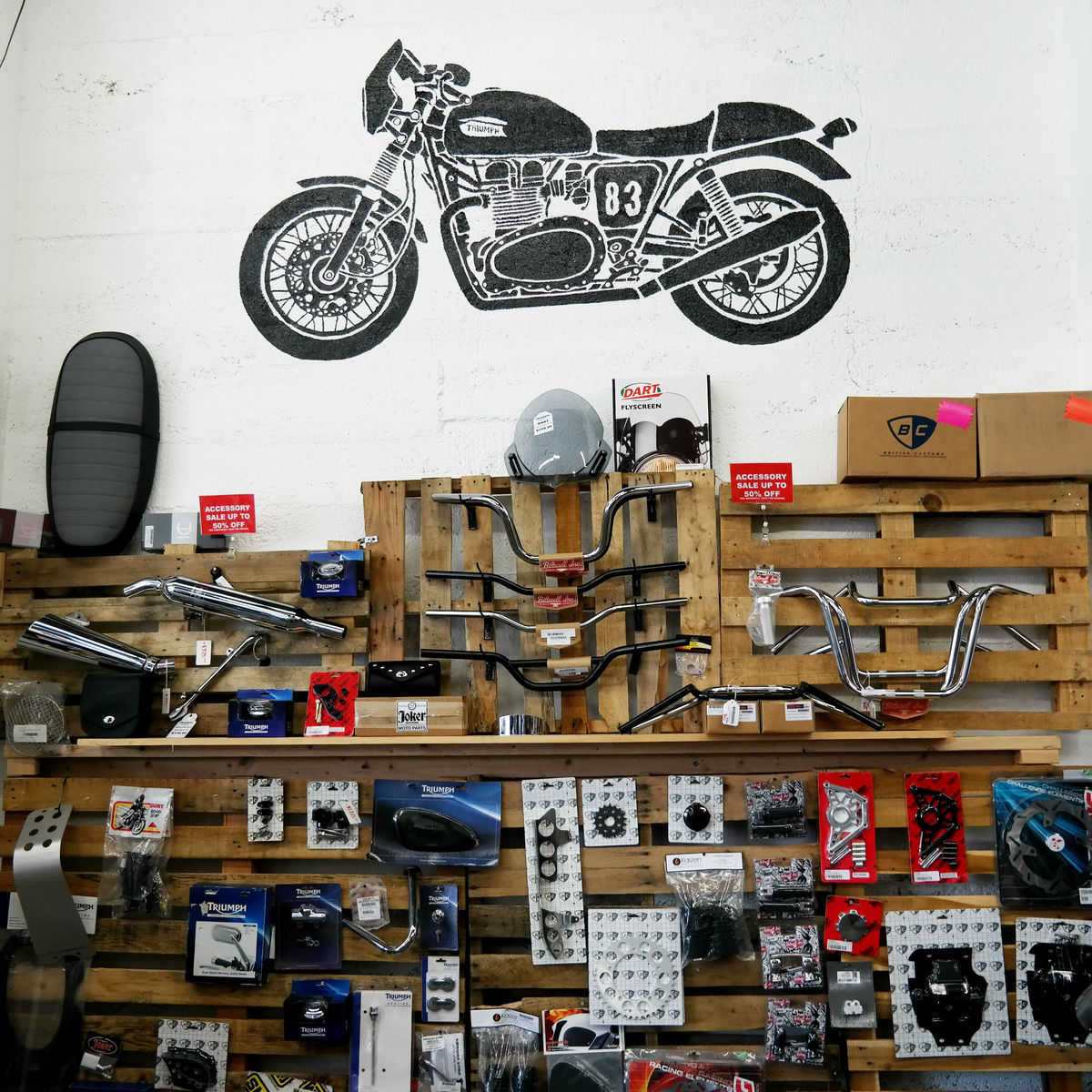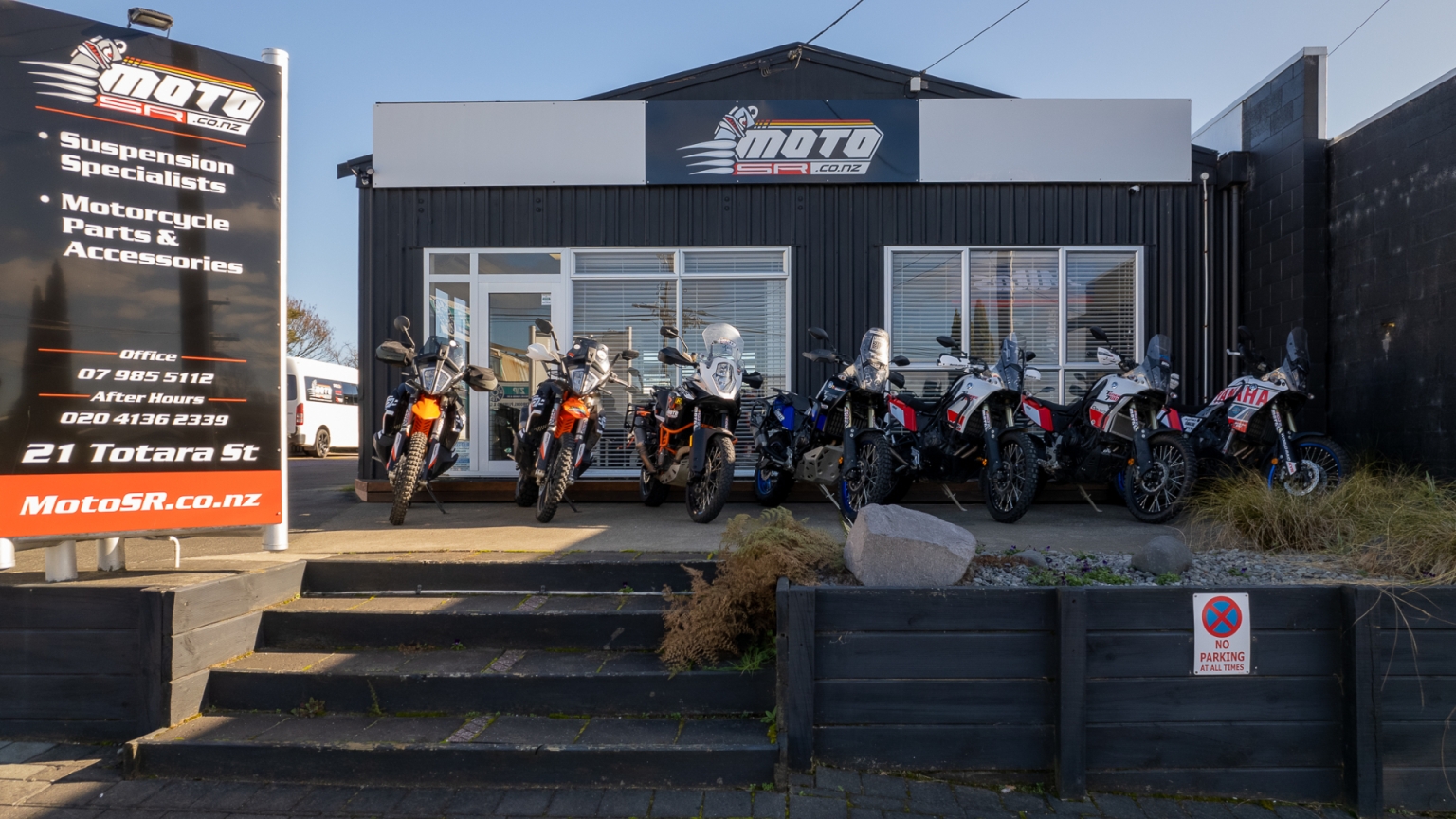A Comprehensive Appearance at Motorbike Parts: What Every Biker Ought To Know
A detailed understanding of bike components is not simply useful however critical for any kind of motorcyclist aiming to maximize efficiency and safety and security. Each component, from the engine's elaborate workings to the reliability of brake systems, plays an essential role in the overall experience and capability of the bike. Past just recognizing what these parts do, it is crucial to value exactly how they sustain and communicate one another. This interconnectedness can make the distinction between a smooth adventure and unforeseen difficulties. What details lie within this mechanical harmony that every rider should understand?
Recognizing the Engine
The engine, frequently related to as the heart of a motorbike, is a complicated setting up of components that operate in harmony to convert gas right into motion. At its core, the engine's key function includes the burning procedure, where air and fuel mix and spark within the cyndrical tubes, resulting in controlled surges that drive the pistons. These pistons relocate up and down, transforming chemical energy into mechanical energy, which ultimately turns the crankshaft, inevitably powering the bike.

Understanding the ins and outs of a bike engine is crucial for fanatics and motorcyclists alike. It not just supplies insight right into just how motorbikes achieve their outstanding power and rate however likewise help in reliable upkeep and troubleshooting, making sure longevity and integrity on the roadway.
Suspension Equipments
While the engine powers the bike, the shock absorber plays an essential function in making certain a smooth and regulated adventure. The suspension system is in charge of soaking up shocks from the road surface, maintaining tire call, and giving stability throughout cornering and braking. It makes up two major components: the front forks and the back shock absorbers.
Front forks are normally telescopic, consisting of a spring and wetting system. The springtime compresses and extends to absorb bumps, while the dampening mechanism regulates the activity to avoid excessive jumping. This combination makes sure the front wheel remains in call with the road, offering premium handling and comfort.
The back suspension, usually a monoshock or twin-shock setup, works in a similar way to the front suspension however is tailored to sustain the motorcycle's weight and cyclist - mx gear nz. It handles rear wheel movement, adding to the bike's general equilibrium and responsiveness
Suspension systems can be adjustable, allowing bikers to fine-tune preload, compression, and rebound setups according to personal preferences and riding problems. This adjustability enhances performance by maximizing the motorbike's communication with varied surfaces. In recap, a reliable suspension system is critical for motorcyclist convenience, safety and security, and the motorcycle's managing expertise.
Brake Elements
Quiting power is a basic element of motorcycle safety and security, and it rests on the performance of the brake elements. The key aspects of a motorbike's braking system include the brake pads, calipers, motorcycle handlebar straps blades, and master cylinder. motorcycle shop. Each of these elements plays a critical duty in guaranteeing reliable stopping performance
Brake pads you could try here are essential as they create the required friction versus the blades to reduce or quit the motorcycle. Created from materials such as sintered metal or organic compounds, the option of brake pad material substantially impacts efficiency and long life. Calipers, housing the brake pads, apply stress to the pads when the brake lever is engaged, helping with contact with the rotors.
The blades, usually made from stainless steel or cast iron, are placed to the wheels and offer as the surface area against which the brake pads press. Their design, consisting of size and thickness, influences warmth dissipation and quiting power. The master cylinder, connected to the brake bar, creates hydraulic stress transferred with brake lines to the calipers, making certain regular stopping force.
Routine maintenance and inspection of these elements are crucial for optimum efficiency, protecting against wear and guaranteeing biker safety and security when driving.
Tire Basics
Beyond maintaining durable braking systems, making sure optimal tire efficiency is equally significant for motorbike security and efficiency. Tires are the single contact point in between the bike and the roadway, making their condition crucial in handling, security, and total ride quality. Picking the appropriate tire type is essential, as it directly affects grip and performance. Alternatives vary from touring to sport tires, each designed to suit details riding conditions and styles.

In addition, consider the tire's age. Rubber substances weaken over time, even if walk shows up ample. Inspect the sidewall for the DOT (Department of Transportation) code to identify the tire's age. Typically, replacement is suggested every five years, no matter of wear. Investing attention in these tire basics not only optimizes performance but additionally considerably boosts riding safety and security.
Electric Systems
In the realm of bike maintenance, the electrical system plays an essential duty in making sure reputable performance and cyclist security. This complex network includes necessary parts such as the battery, alternator, starter electric motor, and circuitry harness. Each element is essential for the seamless procedure of the motorbike, from ignition to lighting and communication with different sensing units.
The battery serves as the heart of the electrical system, giving the necessary power to start the engine and operate devices. Regularly checking the battery's voltage and terminals for rust is essential to avoid unanticipated failures. The alternator, on the other hand, charges the battery while the engine is running, ensuring a constant power supply.
The starter motor is in charge of initiating engine operation, converting electrical power into mechanical power. To keep it, motorcyclists need to take note of any kind of unusual noises or problems during start-up. At the same time, the electrical wiring harness offers as the automobile's nervous system, connecting all electric elements. Making certain that the cords are undamaged and totally free from damage is important for guaranteeing and preventing brief circuits functionality.
Conclusion
Stopping power is a fundamental why not try here element of motorcycle safety and security, and it hinges on the performance of the brake components. The main elements of a bike's braking system consist of the brake pads, calipers, blades, and master cyndrical tube.Brake pads are crucial as they produce the needed rubbing against the blades to reduce down or quit the bike.Beyond preserving durable braking systems, guaranteeing optimal tire performance is just as significant for bike security and effectiveness.In the world of motorbike maintenance, the electric system plays a critical role in guaranteeing trustworthy efficiency and cyclist safety.